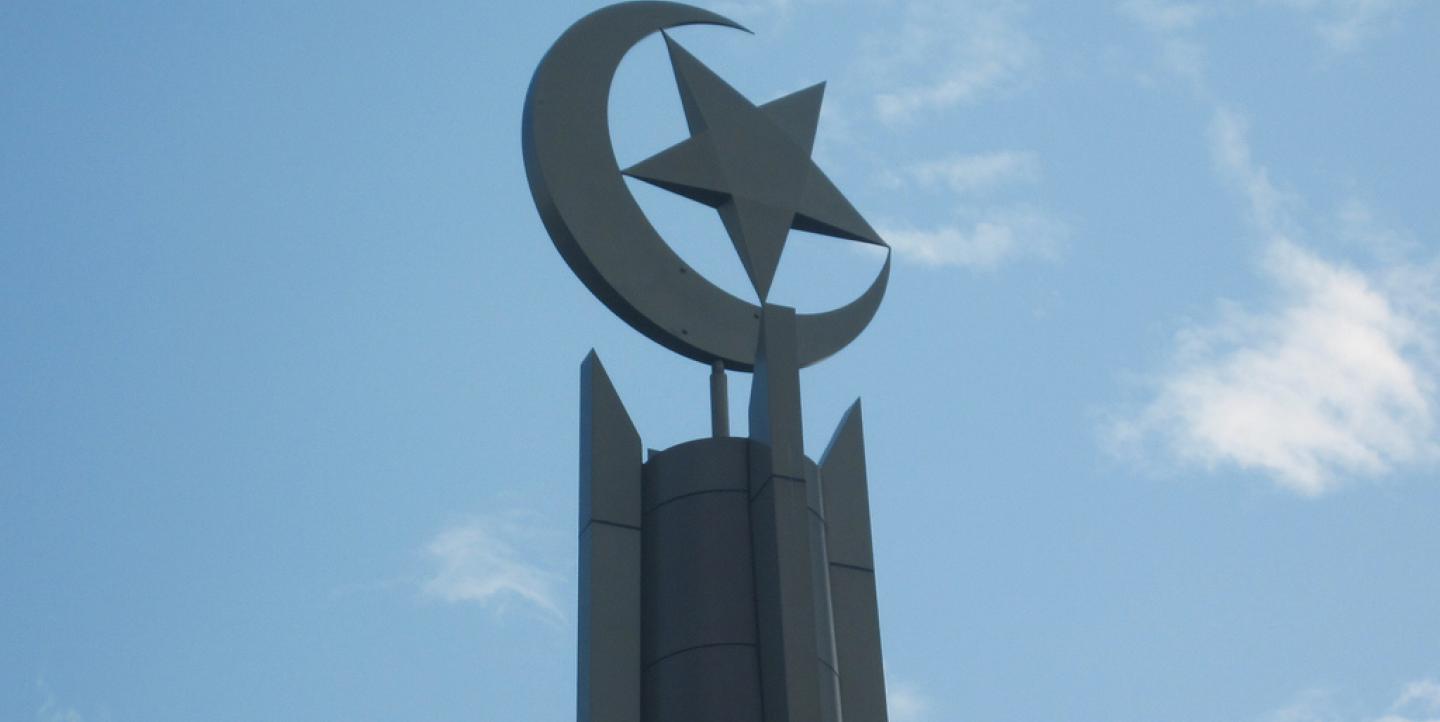Reporting on religion has never been easy, which is one reason why journalists and academics have come together to produce a manual aimed at helping U.S. and European media report more accurately on Islam.
The second edition of “Islam for Journalists (and Everyone Else),” available for purchase as an e-book, is meant to help local journalists in the U.S. and elsewhere produce more nuanced coverage on Muslim communities.
The book argues that a basic knowledge of Islam is now a necessity not just for foreign correspondents, but for anyone who wants a better understanding of news involving Islam. Many U.S. journalists remain generally uninformed about the world’s second-largest religion, and this lack of exposure negatively colors their reporting on the topic, the book adds.
Edited by longtime foreign correspondent Lawrence Pintak and former ICFJ Knight Fellow Stephen Franklin, the book includes contributions from 14 academics and journalists, covering Islam’s basic tenets, its historic and cultural influence and its complicated relationship with politics. A quick read at 252 pages, the book also features “Reporter’s Notebook” sections, in which journalists discuss their personal experiences reporting on Islam.
Here are some key takeaways from the book:
Develop a relationship with the community
One of the major difficulties that U.S. and European journalists face when reporting on Islam domestically is that some communities tend to mistrust the media due to what they perceive as general negative treatment of Muslims by the press.
To get past this, Andrea Elliott (who won a Pulitzer for her reporting on Brooklyn’s Islamic community) emphasizes the simple value of “showing up.” Reporters should continue to show genuine interest through daily interactions with the community they are covering, even if they are initially rejected, she argues.
Elliott goes on to recommend finding a conduit — a trusted community figure who can help get you inside homes and mosques. However, she warns against going only to the imam of a Muslim community for perspective, a common habit among reporters. She sees it as analogous to going straight to City Hall — while you might get the official line, you’ll probably miss a more authentic perspective from other community residents.
As is the case when reporting on any religion, journalists will build a more trusting relationship with their sources if they understand and respect cultural norms. Elliott describes several practices which she found helpful as a female journalist working in a highly observant Islamic neighborhood, such as carrying a veil and waiting to shake hands with certain men until it was clear they were comfortable with the practice. Small signs of respect can go a long way in demonstrating a reporter’s willingness to empathize and connect with more conservative Muslims, Elliott writes.
Cultivate sources and contacts
Start by visiting a mosque — that’s Bryan Denson’s advice for how local journalists can begin to develop contacts with their city’s Muslim community. Denson, a veteran reporter for The Oregonian, advises reporters to build these relationships in advance, before you ever need to need to call on them. These sources can give you the “person on the street” view of events, which in Denson’s view is more authentic than the filtered perspective of Western pundits.
When attempting to build up their list of contacts, reporters will probably face language barriers or, more seriously, the possibility that no one will want to talk to you. Assuming most reporters aren’t fluent in whatever language predominates in the area they’re covering, one suggestion is to enlist the aid of an academic expert or another insider who can translate or help give context to what you are hearing.
“If all else fails, eat with them”
Many veteran journalists will probably already be familiar with the tips shared in “Islam for Journalists.” However, even veterans stand to benefit from the first-person accounts included in each chapter, which can help expand the reader’s perspective on how the media can approach Islam-related issues.
In many ways, the same universal rules of journalism apply to this particular beat — be respectful, show empathy and cover the story as evenly as possible. Be ready to eat with your subjects and to share part of yourself with them. Ultimately, the book is a useful reminder that no matter how much of an outsider a journalist may be, the easiest way to start making connections is to just show up.
Main image CC-licensed by Flickr via Rudy Herman.

